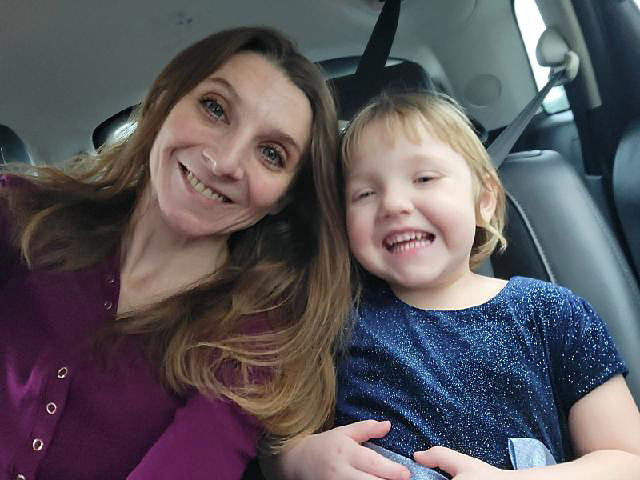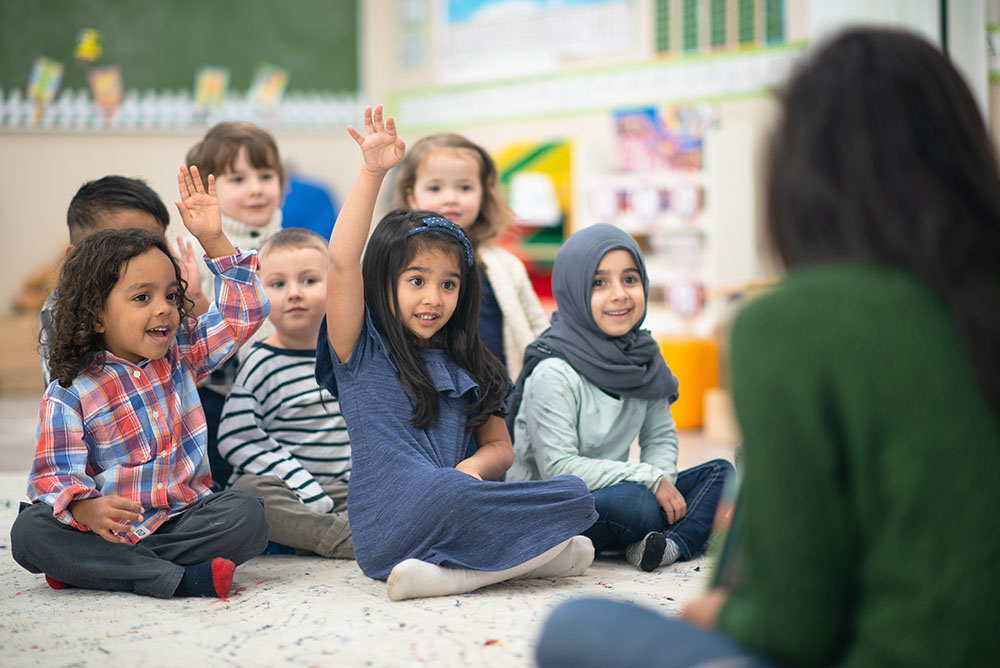By: Maya Fanjul-DebnamThe opportunity gap is one of the biggest obstacles our education system faces today.As highlighted in a Minnpost op-ed written by Think Small President, Barbara Yates:
“Our achievement gaps start as opportunity gaps, where children do not have access to the opportunities they need to flourish and reach their full potential.”
The opportunity gap begins as early as 16 months, with the word gap—a 30 million word deficit between children from low-income families and their more well off peers. The gap stems from a variety of factors, especially the limited access to educational materials for children from low-income families.This inequality plagues our children now more than ever. According to a study conducted by Stanford, the opportunity gap between children from high- and low-income families is 30 to 40 percent larger among children born in 2001 versus those born 25 years earlier. That same study claims that family income is now nearly as strong a factor as parental education in predicting children’s future achievements.In conversations about the opportunity gap, the phrase achievement gap also gets thrown around, almost as if they are interchangeable. But these two gaps are not the same. Defined by the National Opportunity to Learn Campaign, the opportunity gap is “the disparity in access to quality schools and the resources needed for academic success, such as early childhood education, highly prepared and effective teachers, college preparatory curricula, and equitable instructional resources.” The achievement gap is the visible result of the opportunity gap, manifesting itself in test scores, drop out rates and kindergarten readiness levels.As highlighted in a Stanford study:
“The achievement gap appears to have grown at least partly because of an increase in the association between family income and children’s academic achievement for families above the median income level: a given difference in family incomes now corresponds to a 30 to 60 percent larger difference in achievement than it did for children born in the 1970s.”
Because of this, children from low-income families are starting kindergarten already behind their higher-income peers. Once they start behind, it’s often difficult to catch up.Research shows that high quality early childhood education programs are one of the most effective supports to reduce the achievement gap, by giving children from low-income families the same opportunities that allow them a strong start in life.As highlighted in “Helping Children Succeed” by Paul Tough:
“There is overwhelming evidence that early childhood — the years before a child’s sixth birthday, and especially before her third — is a remarkable time of both opportunity and potential peril in a child’s development. Children’s brains in those early years are at their most malleable, more sensitive than at any other point to influences and cues from the surrounding environment.”
Children from low-income families can greatly benefit from consistent, high quality child care starting close to birth for as long as possible to close their opportunity gap, and by extension prevent an achievement gap. Quality early childhood education can level the playing field for children from low-income families.The benefits of quality early childhood education as highlighted by the Cambridge Early Childhood Task Force are:
- Stronger social-emotional and self-regulation skills
- Stronger ability to focus and stay on task
- Stronger early literacy and math skills
- Reductions in referrals to special education
- Reductions in grade-level retention
- Increased high school graduation rates
- Increased college attendance rates
- Increased home ownership and earnings
- Decreased likelihood of involvement in the juvenile justice system
Minnesota, unfortunately, has some of the biggest achievement gaps in the country. The results of the Minnesota Comprehensive Assessments (MCAs) are frustratingly stagnant. The overall statewide MCA proficiency scores are 59.5% in math, 59.9% in reading and 55% in science. Compare that with the free and reduced lunch student’s proficiency of 39.7% in math, 40.9% in reading, and 34.7% in science. Our achievement gap has stayed firmly in place.While Minnesota is making an effort to close the opportunity gap, we have to give children a great start to education when they are young in order to guarantee their success later in life. Learning begins at birth- long before kindergarten, and investing in our children early is the best investment we can make. To level the playing field, we must give each child in Minnesota a fair chance by closing opportunity gaps before they start.








